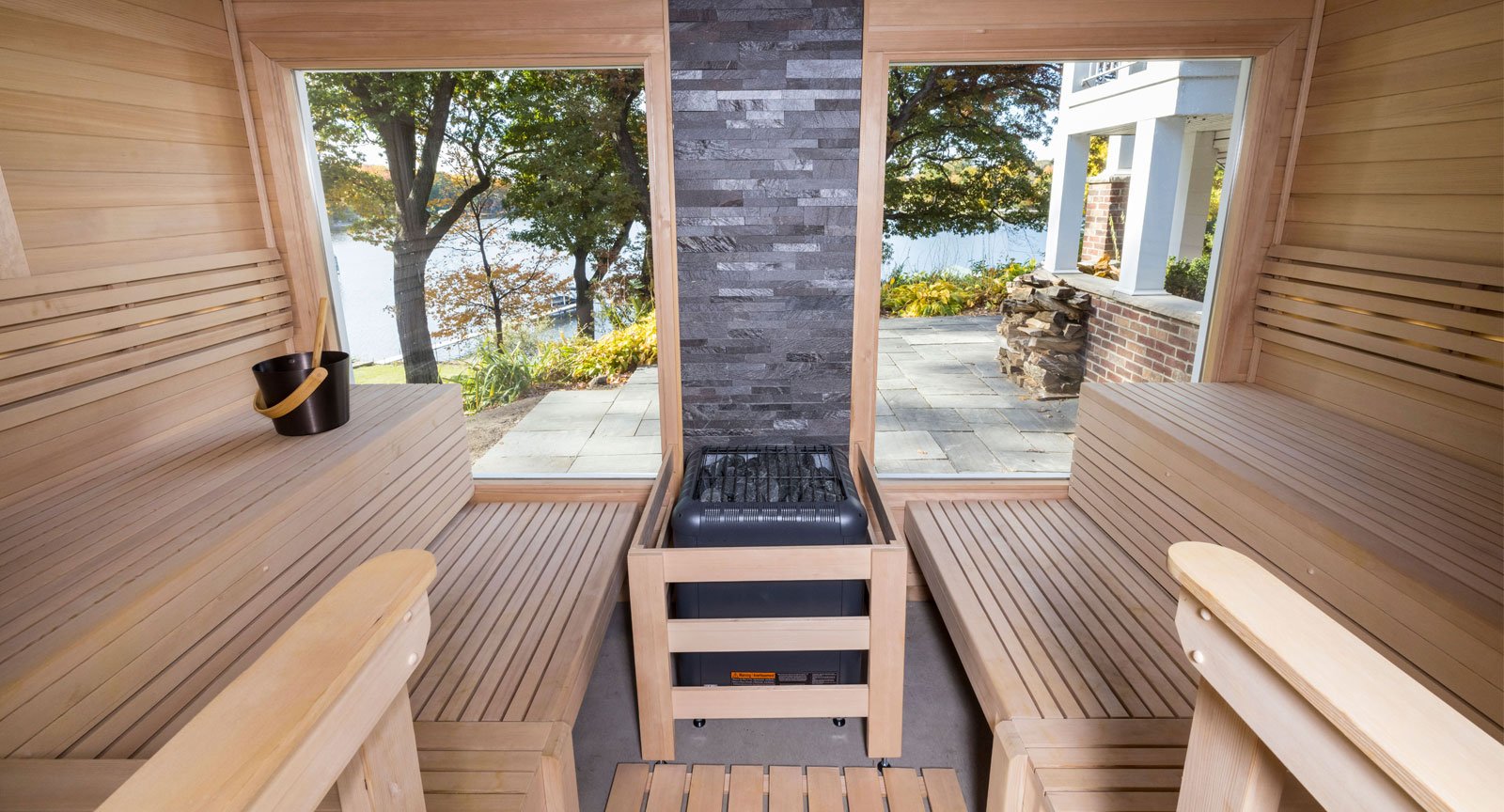How Traditional Sauna can Save You Time, Stress, and Money.
Table of ContentsThe Ultimate Guide To Traditional SaunaGetting The Traditional Sauna To WorkGetting The Traditional Sauna To WorkThe Main Principles Of Traditional Sauna Traditional Sauna Can Be Fun For Everyone
Most of the weight shed in a sauna is water loss and is re-gained upon rehydrating. However, certainly sauna can be a vital part of a healthy and balanced weight management program. To look at the differences between traditional and IR saunas, I will separate these right into proven, academic, and produced differences.Thus, the hottest factor in the saunawhich goes to the ceiling straight over the sauna heateris normally in between 185 and 190 F. Claims that a standard sauna goes beyond 200 F is just not true and not appropriate for electrical saunas offered in the US. The temperature level for a far-infrared sauna is generally established in between 120 and 140 F; nevertheless, unlike the standard sauna, the objective in and IR room is not to achieve a heat.
Due to the fact that of this, the temperature level difference is nearly unimportant, given that profuse sweating results in both sauna kinds, yet the method of warming the body is different. In an IR sauna the bather will really feel warm and will certainly sweat profusely, however at a lot lower temperature levels (Traditional Sauna). Thus, if the goal is to invest longer time periods in the sauna, the IR sauna is an excellent choice
When a typical sauna has been effectively heated, the sauna walls are cozy, the air temperature level has accomplished established temperature and the rocks are incredibly heated. As a fascinating side note, the warmed wall surfaces and the rocks are sending out far-infrared heat, integrated with the warmed air, to create an "covering warmth".
5 Easy Facts About Traditional Sauna Shown

When the high temperature is achieved, the components cycle on and off to preserve the heat. Many typical sauna users delight in pouring water over the rocks to produce heavy steam to increase sauna humidity degrees. The benefits of putting water over the rocks consist of: making the room much more comfy, dampening the nasal passages, and allowing the usage of aromatherapy by blending essential oils with the water.

When the energy goes into the body, it creates the body temperature level to enhance and eventually causes sweat. In an infrared sauna it is very important for the emitters/heaters to remain on practically regularly. Since there is no mass of rocks to maintain warmth, read the full info here the sauna will cool if the emitters turned off.
As pointed out over, the sauna bather in an infrared area wants to place himself in front of running emitters to get maximum gain from the warm. The heating time for both areas can be really various, depending on how the spaces are made use of. For a conventional sauna, a bather ought to allow 30-40 mins for the space to attain a desired temperature and to appropriately pre-heat the rocks.
The Greatest Guide To Traditional Sauna
A well constructed sauna will generally attain a temperature level of 150-160 F in regarding 30-40 minutes. For hotter temperatures, the room may require to warm for a longer period.

Typical saunas have a tendency to be bigger (thus make use of more anonymous power) than infrared saunas, although conventional saunas are certainly available in one and two individual sizes. For a two-person standard sauna, 5x6 or 5x7 size is most prominent. The leading bench can conveniently seat 2 or three individuals and is also long sufficient to exist down during the sauna session.
The Best Strategy To Use For Traditional Sauna
The ordinary cost per kWH of electrical power in the united state is about $0.11, so a 4.5 kW heater will cost roughly $.50 to run for one hour, if the heating unit runs constantly for one hour. Generally a sauna heating unit will certainly compete 75% of the first hour and 50% of subsequent hours on because the aspects cycle once the established temperature level is attained.

Lastly, there is a hardly ever gone over distinction in the social experience in between the two areas. While our society has actually lost several of the social benefit of the traditional sauna experience, it can be very socially gratifying (Traditional Sauna). From family time in the sauna, to heart-felt discussions with substantial others, to sauna partiesthe typical sauna experience can lead to intimate socializing
More About Traditional Sauna
A lot of investigate this site greater end infrared areas consist of colored light treatment, sound systems and full-glass fronts.